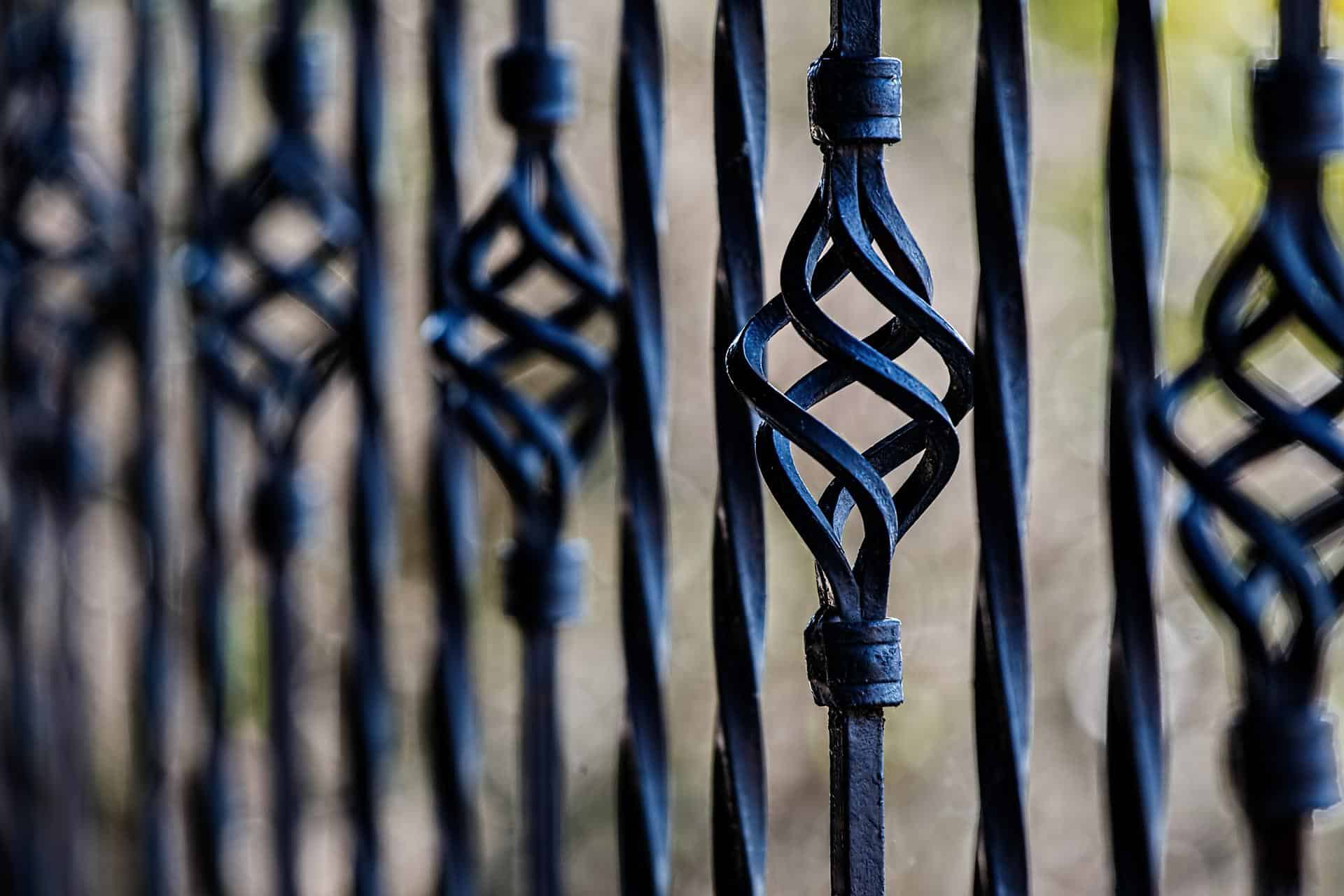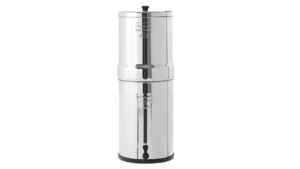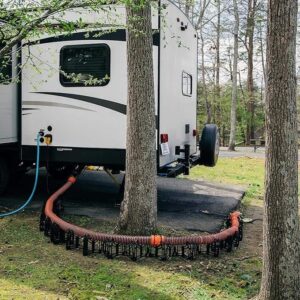What a great feeling, to finally have that tiny house, or to build towards living the tiny life. But what about theft and protection against the elements? A tiny house may be more prone to theft and the elements than a regular house. This greatly depends on the kind of tiny house that we are dealing with. What precisely do we need to protect ourselves against, and, more importantly, what are we going to do about it?
In this article, we will show 10 simple ways for you to protect your precious tiny house.
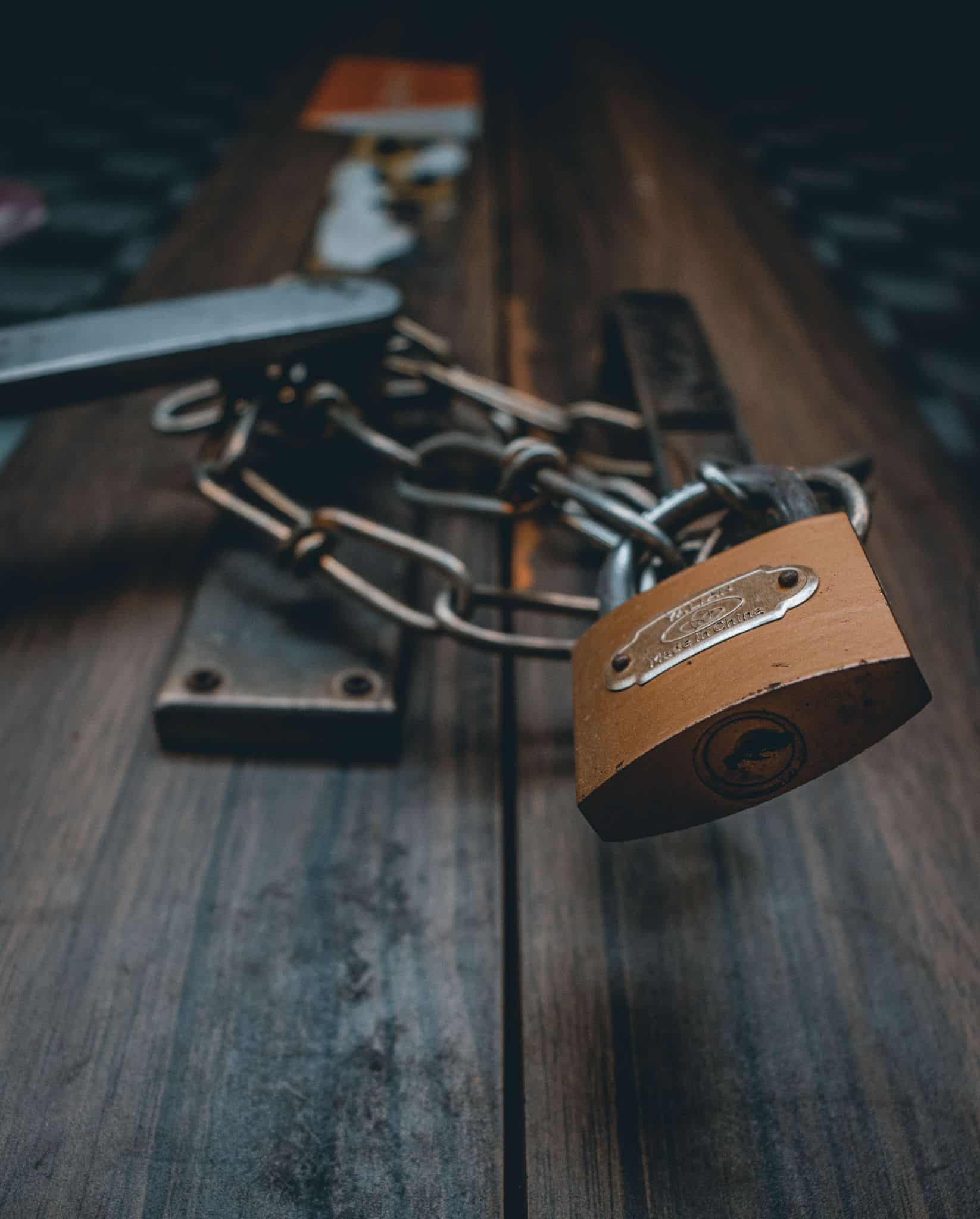
1. The door and the lock
A door is the most obvious place an intruder might want to enter. It does not hurt to invest a little money into a strong door and a safety lock. This can save you from having to deal with break-ins. There are many different types of doors and locks. Generally, the rule of thumb is that the safer they are, the more expensive they will be.
You can also look for cheaper ways of securing your door, such as putting an extra lock on the door.
Make sure that you think about the material of the door and the way it is secured.
Here is a video that gives excellent advice on the lock of your door, and other ways to secure your tiny house:
2. Protecting your windows
Windows are another way for intruders to enter your house. You can use shutters to counter this risk.
You can also opt for cast iron bars; this sounds rather awful, but there are ornamental thin bars and designs that you can place in front of your windows. These look very nice, and they do the job: it will be very hard to break into a window this way.
If you are living in a van or a bus, then the cast-iron windows can be a great option, as you can see here in this photo below. If you look closely, you can see that all the little windows have cast iron protection.
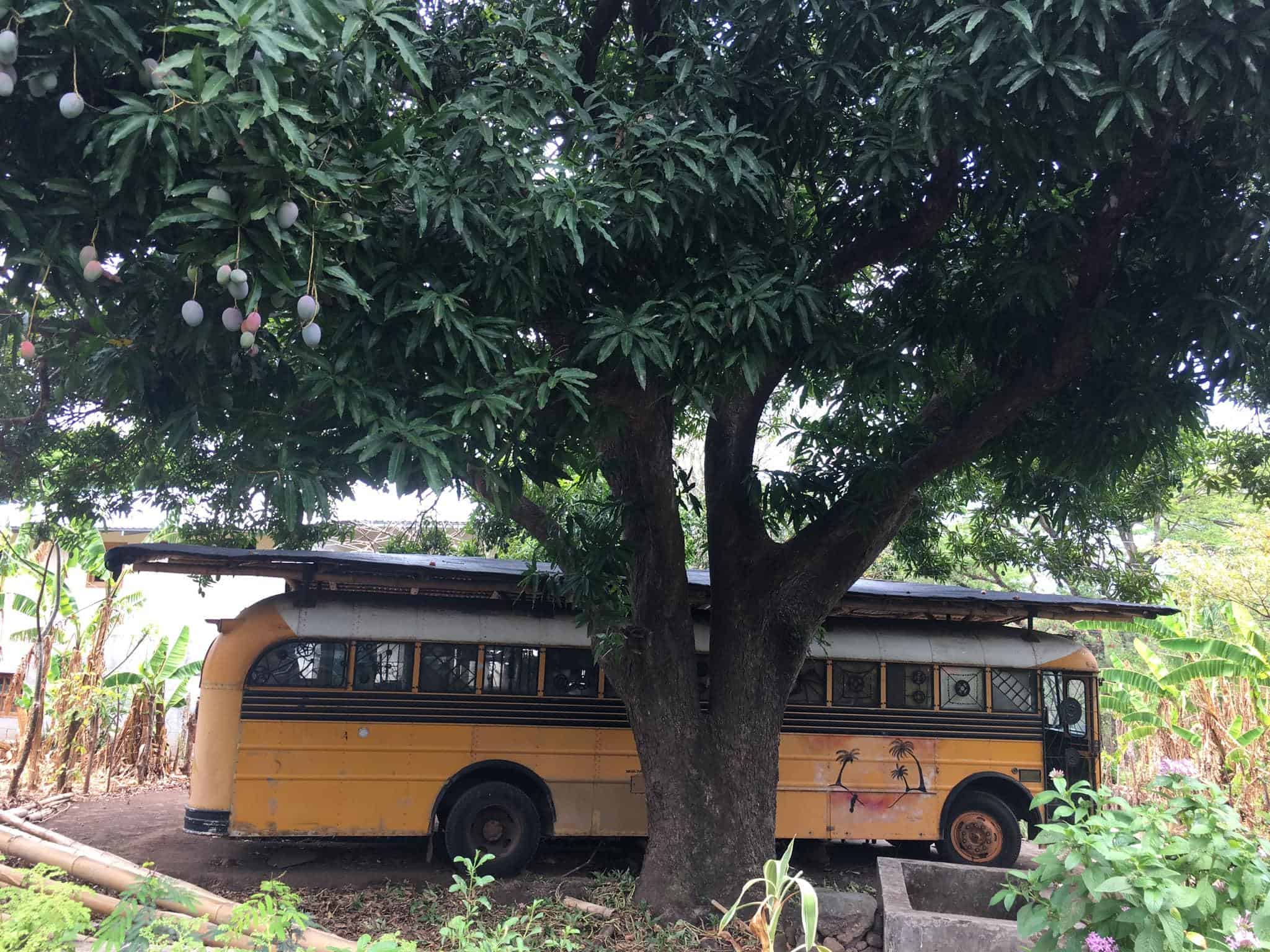
Also, you can decide to put up blinds or shades, to make sure that no one can peek inside your tiny house when you are not there. This way you are making sure that you are giving no one the idea of breaking into your little paradise.
Make sure that you do not leave expensive gear within eyesight, in case you have not closed the blinds for example. Leaving a Macbook and some cash on the table may be too tempting for some people.
Also do not place valuable stuff near windows: if someone does manage to break your windows, then they can grab whatever is near the window.
You can also secure the glass of your windows, by putting invisible foil on it. This will prevent thieves from breaking it.
3. Protecting your tiny house from being stolen
Make sure that your tiny house as a whole can not be taken away. Be it a bus, a caravan, a house on wheels, or something else that can be transported.
If you have a tiny house on wheels, then the best thing to do is to remove the wheels and hide them, so burglars will not find them easily. Preferably not in the vicinity of your tiny house, because they will start looking for them near your tiny house.
If your tiny house is some kind of trailer and has an adjustable coupler, the best is to remove it. You can even replace the bolts, and there are all kinds of security bolts for sale.
You can also place a wheel lock on the wheel, just to be sure.
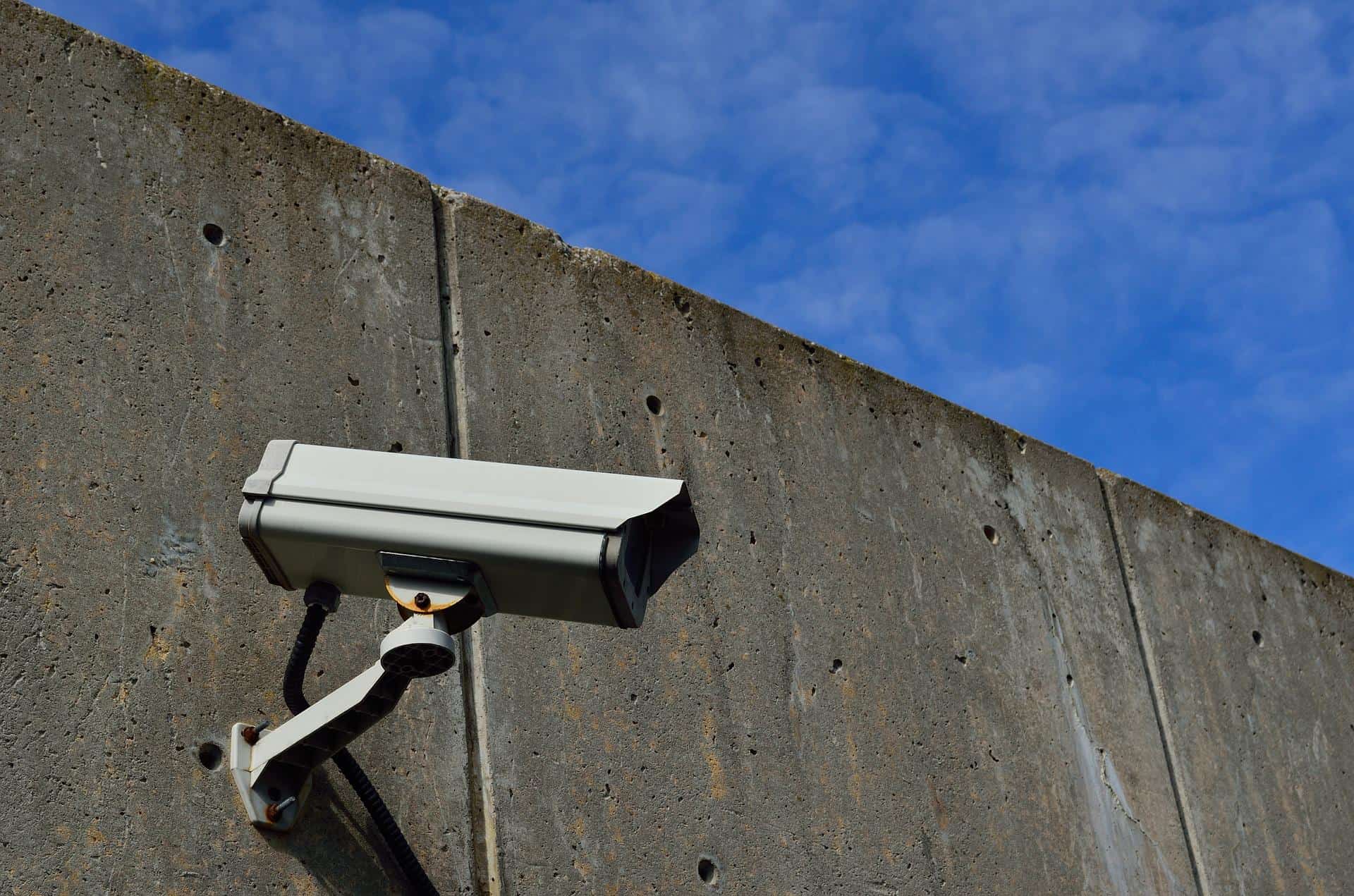
4. Cameras, sensory lights, and an alarm system
Cameras
You can use real cameras, inside and outside of your tiny house, to scare off thieves. There are many different varieties; you can read reviews on the internet to see which ones are the most suitable for you.
But you can also use fake ones: there are sophisticated fake cameras out there that can fool most people. By placing these cameras, real and fake, you are saying: ‘Do not enter, I am watching you and you will be caught.’
Sensory lights
You can also install a sensory light, which means that the lights on your property will turn on when someone enters your property. Thieves generally do not want to be seen and might recline from breaking into your home because of the lights. It also has a warning function: you will know it when someone is on your property.
You can also install these lights in your tiny house. Some of them are solar-powered, and have LED lights: this way they will not take up much electricity and last a long time.
Alarm system
An alarm system is also possible of course. You can turn it on when you leave your tiny house, or when you are asleep. There are many different alarm systems these days; it all depends on your budget and circumstances.
There are even alarm systems that can notify you when you are away, and when this happens, neighbors can check your tiny house and see what is going on.
5. Dogs or geese
Dog
A dog is a great idea. Two or more dogs are even better. Even if they are small, they will do the job. When they bark, they will scare off burglars and let you know that someone is entering your property. The dogs have the function of an alarm system. If you have a watchdog, then the dog will defend you and your property and attack strangers.
Beware of the dog
If keeping a dog is too much of a hassle or if you think that dogs smell: do not worry. You can also buy a sign that says ‘Beware of the dog’, and with a photo of a ferocious-looking dog on it. You can use the sign, regardless of having a dog or not. Add a fake camera on top of that, and slowly but surely you are getting there!
Geese
If you do not wish to keep a dog, geese might be a good option. Yes, you read that right: geese, those lovely creatures with feathers and long necks that can quack so bad that it hurts your ears. They are very loyal to their caretakers and are great animals to have.
Geese are known to be very territorial; they start to quack when something unusual is up. It will be very loud, and they will do it together and confront the intruder. They are known for protecting farms this way. So having a couple of geese will not only provide you with a lot of fun and eggs but also with safety.
Maybe you are already into birds; you can add the geese to your chicken and quail flock for example. They like to have an area where they can swim, and a barn to sleep in or when it is raining. Apart from that, they are easy to keep, and on top of that, they can eat the snails that would otherwise ruin the vegetables in your vegetable garden. Of course, you do need quite a lot of space if you wish to keep them.
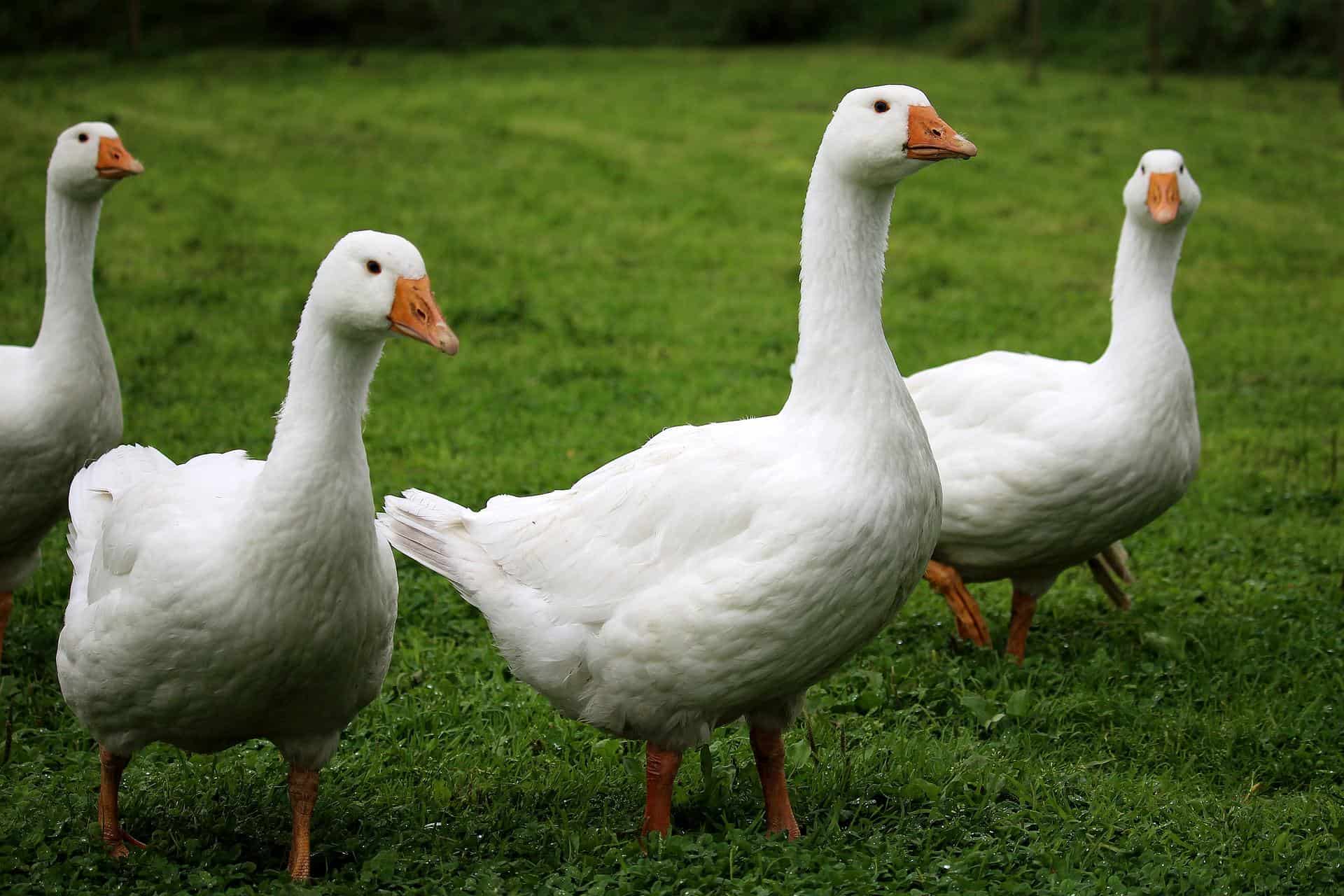
6. Gates, fence, and hedge
Fence and gate
One way to prevent intruders from entering your property is to ensure that there is some kind of barrier between your property and the outside world, such as a fence. If you are living within a community, there might be a fence around the property that you are all sharing.
The need for fencing or not depends on the country and region that you are living in. For example, in Central America, it is wise to make sure that the property is gated, whereas in Europe that might not be necessary.
If you are living in, say, Johannesburg in South Africa, you might need a high-pointed fence with barbed wire on top of it.
Hedge
Another way to protect your property is to make a natural fence of plants, edible plants even. You can choose shrubberies that are so dense or have thorns so that no one can go through them, and that look nice at the same time, and that may bear fruit even. Or, if you happen to live in a hot climate, you can plant cacti along the borders of your property. Sure they can be cut down by an intruder, but they do pose another barrier for intruders. Of course, the aesthetics of it all are a matter of personal taste.
8. Guard
In countries where theft is rampant, one can opt for a guard instead of a fence. Or one can decide to have both. A guard may be of use if you are living in a country that does not have enough police to protect civilians, and in which civilians need to take care of safety measures by themselves.
The guard, the cuidador, or whatever he is called, can be hired by a community. They can patrol the whole area. This way you can cut down on these costs. For Europeans or Americans, this may seem rather an extreme measure, but in other parts of the world, it is the norm.
9. Protection against the elements
A tiny home can be more vulnerable to the elements than a regular house. Wind, rain, the cold: the elements can damage your tiny house if you do not take the right precautions.
Wind
Make sure that your roof is securely tied. If there is a strong wind blowing, make sure that it can not detach your roof. You can also secure the shingles, making sure that they can not be blown away when a strong wind is blowing.
If your tiny house is not resting on a foundation, there are other ways to make sure that it is secure. You can attach your house securely to trees, for example, using strong straps. Or you can secure them to the ground. This way your tiny house can withstand strong winds.
Cold
Insulate your house well. There is a variety of materials that you can choose from. If your house is well insulated, you can keep the warmth inside of your home, and it will also prevent mold.
You can put a layer of insulation tape around your pipes if you have a central heating system. Make sure that the pipes are of high quality, let the air out once in a while, and do not turn it off completely. This way you ensure that the pipes will not freeze and break when it is freezing.
Water
Having leakage in your tiny house is not something to look forward to. Make sure that you insulate your windows and roof. This way you also prevent your tiny house from becoming moldy.
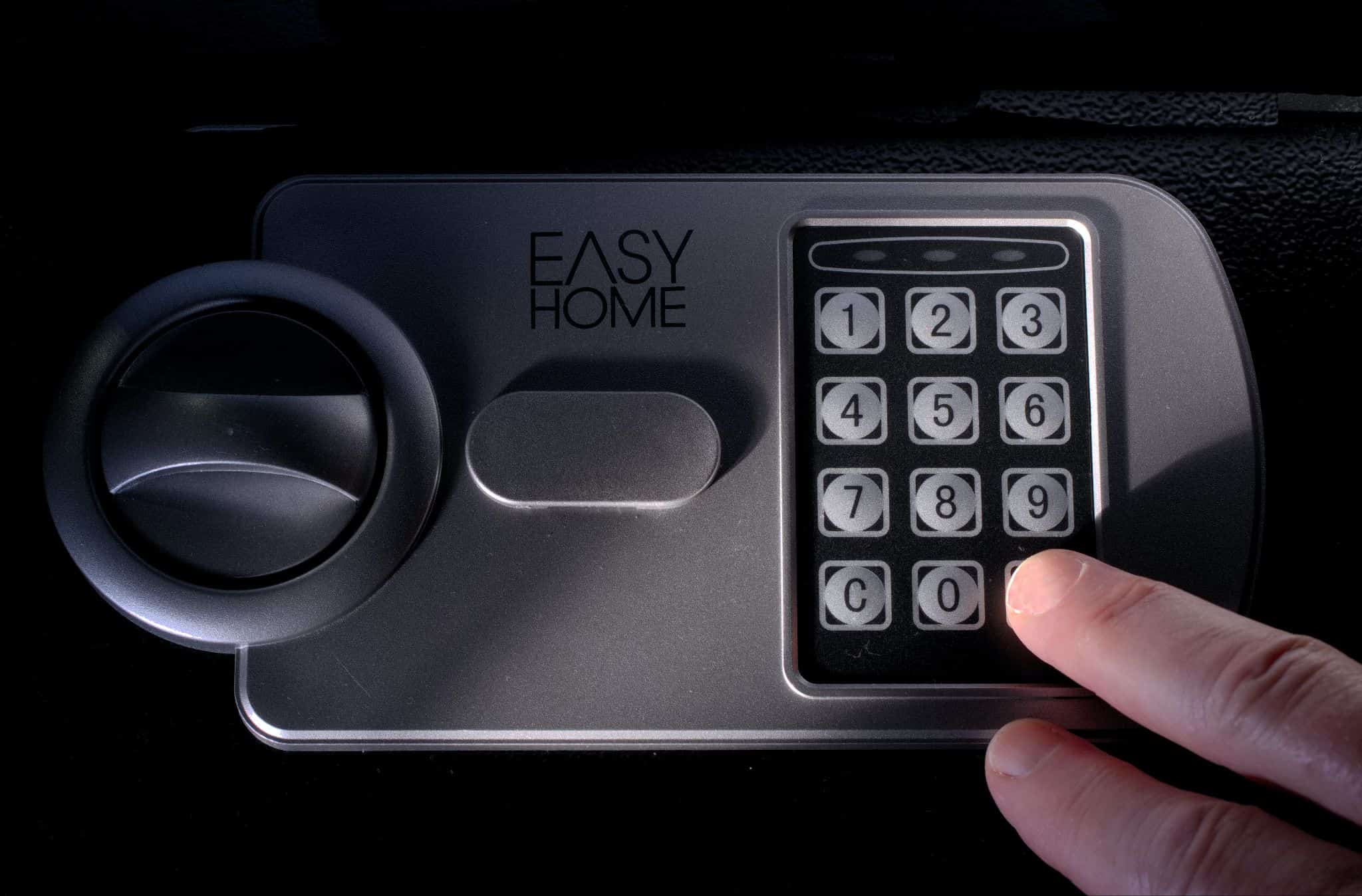
10. A safe, and hiding valuables
Safe
You can also decide on placing a safe in your tiny house. There are many different kinds of safes these days. There are even portable safes: they are made of very strong lightweight material, and you can attach them to something solid, wherever you are.
If you decide on a safe, please remember to secure it to a wall or floor; otherwise, burglars can just take the whole safe and open it in their own time far away from you.
You can hide the safe; try to find a good spot that is not easily discovered. Burglars are experienced in their profession: they will probably find it, but you are just posing another barrier for them. And this means that it will take them more time, and will pose a greater risk of being caught. The more time they have to spend doing their job, the more risk it will pose, and they might leave if things take too long. There are fun videos on Youtube that deal with hiding your safe, and as you browse through them you will find out, it is all about creativity.
Hiding your valuables
You can opt for just hiding your valuables. Keep in mind that burglars are not clairvoyant, just experienced. They will search the places that you think they will never think of.
Below is a video by Canadian Prepper which is interesting to see. He has come up with some pretty surprising places to hide your valuables, such as hiding gold and silver in a can of tomatoes (if you have 20 cans and a lot of other canned food in your pantry, will a burglar check them?), or in an old tennis ball. The video is pretty entertaining, a whole world will open itself up to you.
Just make sure to remember where you hid it all; this might be more difficult than hiding it!
Final thoughts
It is certainly possible to secure your tiny home. Yes, it does requires some thinking and a little investment, but that is more than worth it. Just look up information, browse the internet for the different options, watch a few videos, and go to different stores (physical or online), and you will be ready for all circumstances. By taking precautions you are setting up barriers for intruders, and that can greatly protect you and your tiny house.
We hope that you and your tiny house will live long and happily ever after and that we have been able to provide you with some useful information.


